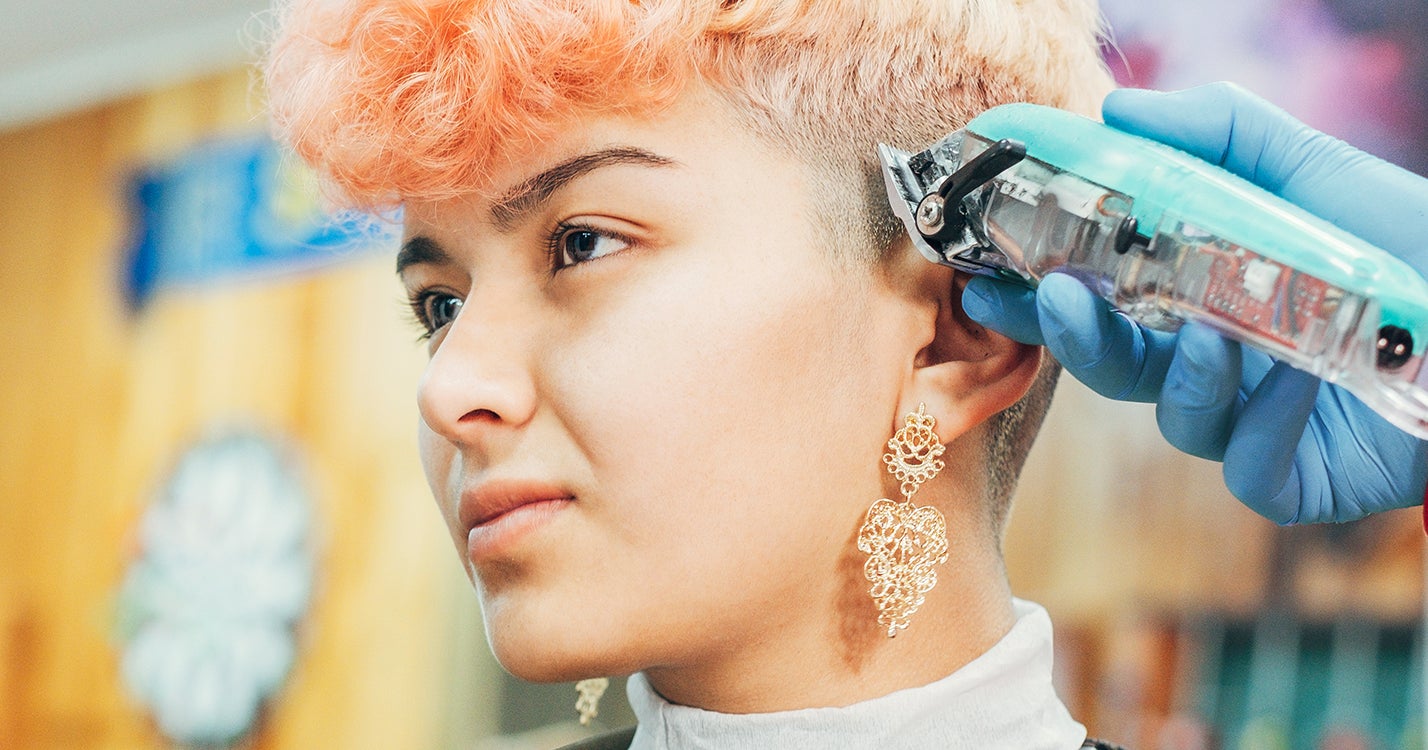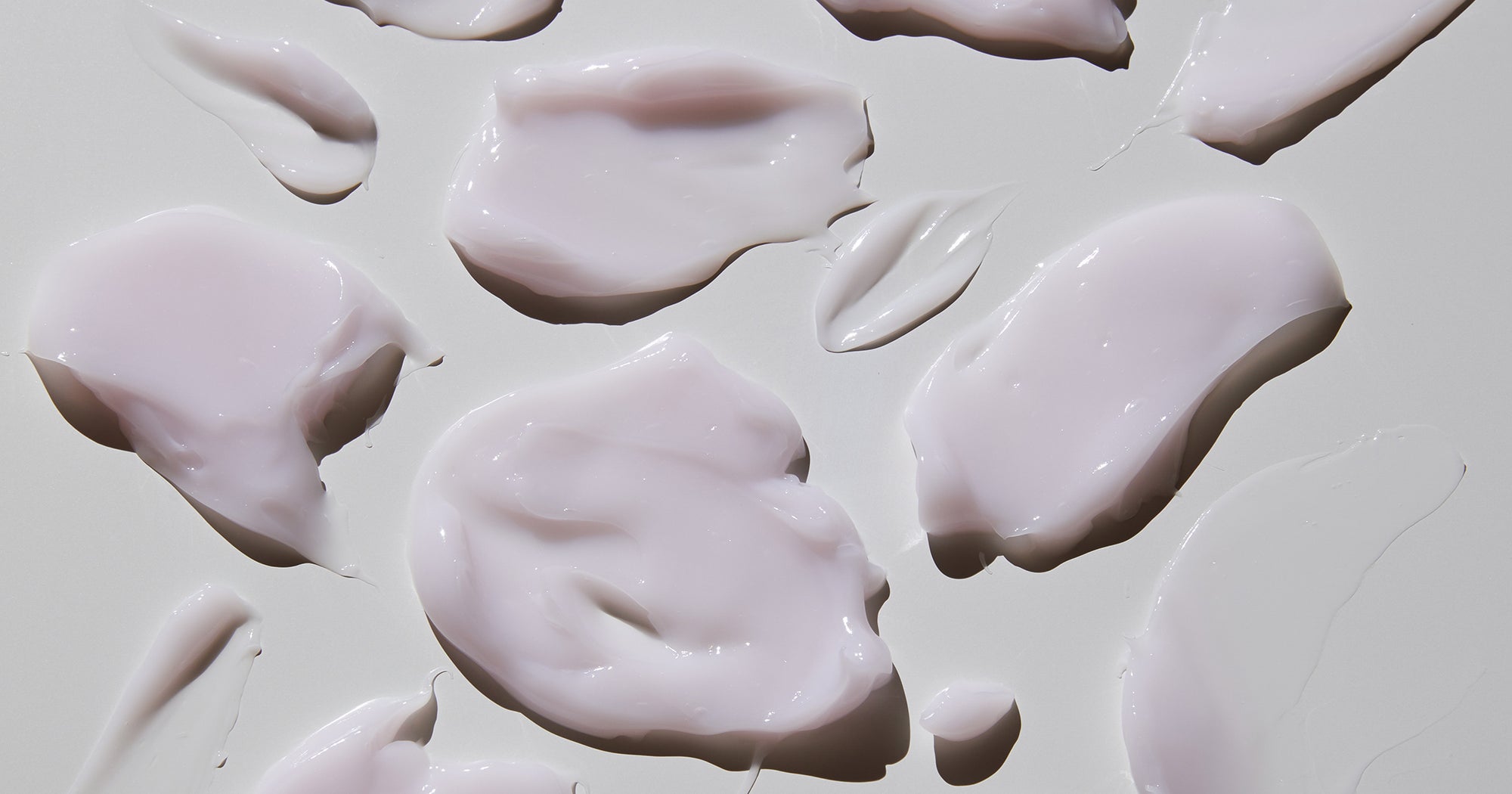Gail Lord founded Lord Cultural Resources with her late husband in 1981. The business has advised, shaped and reshaped institutions from the Museo Guggenheim Bilbao to the Canadian Museum for Human Rights.Jennifer Roberts/The Globe and Mail
Gail Lord, the renowned Toronto museum and cultural planner, is retiring. Sort of. “I thought I might want to do a few other things,” she says, “but nothing could be more interesting than what we do.”
What she does – and what she’s passing along to new leaders at Lord Cultural Resources – is guide the way the world sees art, history and culture. Lord, an art critic, founded the company with her now-late husband, Barry Lord, in 1981. Since its inception, it’s advised, shaped and reshaped institutions from the Museo Guggenheim Bilbao to the Canadian Museum for Human Rights to Giza’s Grand Egyptian Museum.
Lord spent 2024 transitioning away from running the company into a “half-time” role, ceding control to three long-time staff who are now managing partners: Javier Jimenez in Madrid, Dov Goldstein in Toronto and Joy Bailey-Bryant, who is also president, in New York. Now that they call the shots, Lord is flying around the world as an ambassador for her company: taking speaking gigs, joining boards, writing more books and dipping into projects as she pleases.
She spoke to The Globe and Mail at her midtown Toronto office about her wide-ranging career, and the evolution of museums and the power they have in moments of conflict.
How have the biggest issues facing museums and cultural institutions changed since the early eighties?
The idea that we brought to the fore was so simple: Museums are for people, right? At that time, museums weren’t for people. They were for experts, scholars, collectors. You would go and it was quiet, and you had to be quiet. The idea of the museum as a centre of economic development – it didn’t really exist. And at that time, most museums were strongly supported by governments, though that was already dropping.
At the beginning of my career, government support for museums was 70 or 80 per cent, and now, you know, it’s down around 30 to 35 per cent in Canada. We’ve had a few decades of privatization of the public realm and concentration of private wealth, low taxes and people feeling that tax money maybe shouldn’t be invested as much in the culture as it was, certainly in North America.
In a way, the funding model has become more healthy. It’s basically 30-30-30: about a third from government, 30 per cent is earned and then 30 per cent is a bag with both philanthropy and sponsorship. That change has meant a change in staffing arrangements of museums. It’s meant more transparency. Museums have to be more engaged with people.
Can museums better represent people?
People are moving from the countryside to the city, and immigration is bringing people from elsewhere. How do museums serve them? Well, most of the collections don’t serve them at all because the collections were based in previous eras.
The last 40 years of museums is based on the liberal worldview, based on the idea that there’s internationalism among museums. There’s sharing. There’s repatriation. There’s social-equity museums. Now a time of reckoning has happened where museums are being scrutinized, and they should be. We’re also in an era that has finally understood the nature of colonialism.
You’ve been outspoken about decolonizing museums over the years. Do you think the sector has made any genuine progress?
The museum itself is a modern construct that comes from the colonial era. That’s not a moral statement of good or evil. It’s a statement of historic fact. Canada has a colonial background, and in turn, we colonized Indigenous people. What does colonial culture do? It takes other people’s stuff.
Our museums in the Global North have lots of stuff from lots of countries, and the museums in the Global South only have stuff from their own countries. People need to take hold of the fact that a lot of the things that we have, that we like, come out of systems that need to be changed. What I think has to happen is there has to be massive redistribution of collections.
Where are museums going next?
The role of museums as democratic hubs is something new. I’m from a generation that took democracy for granted, and the rest of the world is paying the price. The museum of the colonial era is a container; the museum of our era is a platform. What do you do at a time of tremendous disinformation? Museums can have a role in information at a time when facts are being challenged. Data tells us that museums are among the most trusted institutions in society.
This interview has been edited and condensed.
Sign up for The Globe’s arts and lifestyle newsletters for more news, columns and advice in your inbox.














